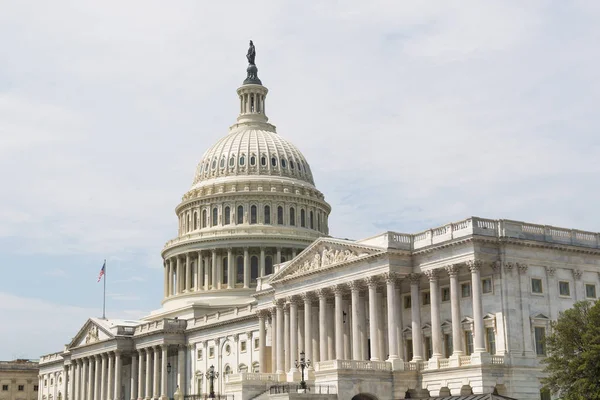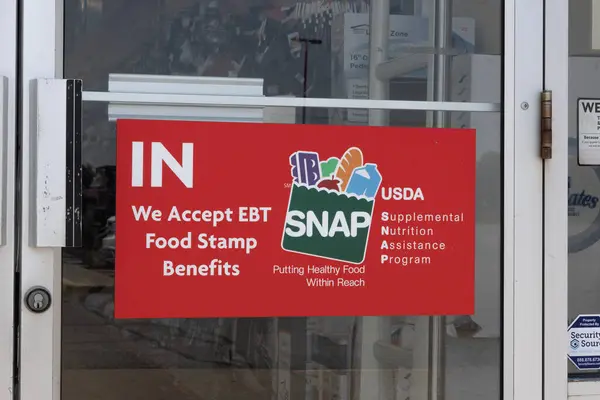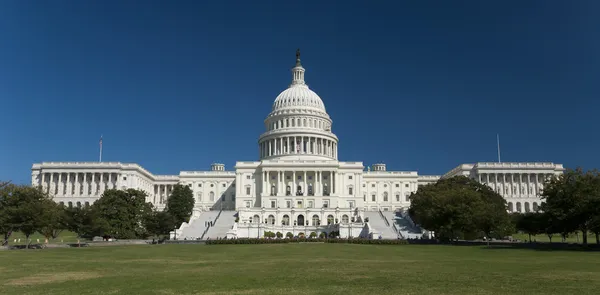
“As Sen. Bernie Moreno warned, ‘We’re messing with people’s lives.” That warning from Sen. Bernie Moreno isn’t political theater; it is fact as the US government shutdown grinds toward historic length. For millions, the weeks ahead are not about stalled legislation but missed paychecks, lost benefits, and an accumulation of costs that could ripple through households and communities.
Hundreds of thousands of federal workers already have been furloughed, and “essential” employees are working without pay because of the standoff in Washington. Yet the worst effects are likely to arrive on specific dates, each with a different kind of punch, from food assistance cuts to soaring health premiums. These deadlines are more than calendar entries; they are pressure points that could nudge lawmakers toward a deal – or deepen the pain.
Here is a rundown of the key dates ahead, what they mean and why they matter for Americans watching their budgets, benefits and daily routines:

1. October 30 – Federal Paychecks Stop for More Workers
By the end of the month, the shutdown has reached a wider swath of federal employees who are missing their first full paychecks. Air traffic controllers felt the pinch earlier in the week, but now other agencies are joining their ranks in going unpaid. About 1.4 million federal workers are furloughed or working without pay, and the Trump administration indicated it may not issue back pay once the government reopens. For households living paycheck to paycheck, this date marks the beginning of a financial squeeze that state programs can’t easily offset.

2. October 31 – Military Pay Uncertainty
Military families are anxiously awaiting updates. But House Speaker Mike Johnson acknowledged uncertainty about whether they would arrive. The Defense Department already transferred $8 billion from research budgets to pay mid-October salaries, but that stopgap won’t stretch far enough. Treasury Secretary Scott Bessent gave some cautious optimism, but without a funding deal, the possibility exists that service members will face delays that amplify stress on those deployed or managing household expenses at home.

3. November 1 – ACA Premiums Spike
Open enrollment under the Affordable Care Act begins with a painful twist: premiums will rise by an average of 26% nationally, and upwards of 30% on the federal marketplace. The enhanced subsidies that kept costs low for 24 million enrollees will expire, probably doubling out-of-pocket payments for many. As explained by Mark Shepard of Harvard, without those subsidies, 3.8 million could lose their coverage, and states may face higher uncompensated care costs as more go without insurance.

4. November 1 – SNAP Benefits Stop
For almost 42 million Americans relying on the Supplemental Nutrition Assistance Program, there will be no money available to fund their EBT cards. The USDA has contended that the reserve funds are not “legally available” to cover funding during the shutdown. This action has triggered lawsuits from 25 states and D.C. Governors from Louisiana to California are scrambling with emergency allocations-Louisiana approved $150 million; California fast-tracked $80 million to food banks-but federal officials warn states won’t be reimbursed. This date is shaping up for seniors, families with children, and people with disabilities as an unprecedented disruption of the nation’s largest anti-hunger program.

5. November 5 – Longest Shutdown in History
If no deal is reached, the shutdown will breach its 35-day record, set in 2018-19. That earlier standoff cost the U.S. $3 billion in lost GDP. This time, the impact could be more far-reaching, with a full shutdown across all agencies. That could mean more political pressure on passing new spending bills; however, entrenched positions on both sides, with both seeking cuts or subsidies to the ACA, suggests a swift resolution is unlikely.

6. November 15 – Military Pay Stops Completely
According to Treasury Secretary Bessent, by mid-November, troops “willing to risk their lives” won’t be paid at all. That would hit active-duty personnel and civilian Defense Department staff alike, which could hurt morale and retention. During past shutdowns, private donors stepped in-one Trump ally even vowed $130 million earlier this month-but such gestures cannot cover the scope of military payrolls nationwide.

7. November 27 – Thanksgiving Travel Turmoil
The holiday rush collides with unpaid airport staff. Already thinly stretched, TSA agents and air traffic controllers are calling in sick, causing delays from Los Angeles to Washington, DC. On the worst days, over 50 percent of flight delays were connected to staffing issues. Back in 2019, similar disruptions helped bring about an end to a shutdown; whether that might happen again could depend on just how severe the bottlenecks get.

8. State-Level SNAP Responses
While federal funding of SNAP stops, states improvise. Vermont approved coverage through Nov. 15, New York is funding 16 million meals, and Hawaii is directing $100 million toward housing and utilities for vulnerable families. The USDA’s stance-that states lack authority to cover benefits, and won’t be reimbursed-means these efforts drain local reserves. FRAC’s Gina Plata-Nino says diverting funds “could have gone to other places,” creating trade-offs in state budgets.

9. The Broader Impact of the ACA Subsidy Cliff
Beyond the immediate premium hikes, the loss of enhanced ACA subsidies fundamentally reshapes insurance markets as healthier enrollees drop their coverage, the risk pools worsen, and premiums rise for those remaining. Insurers may exit markets, further reducing competition and choice. The Congressional Budget Office estimates this would save the federal government $30 billion annually but at the cost of higher uninsurance and greater strain on hospitals and local governments.
The shutdown’s calendar is a road map of escalating consequences-each date tightening the financial and logistical vise on millions of Americans. From food security to health coverage, military pay to holiday travel, these deadlines are not abstract politics but lived realities. Whether they prove to be turning points toward resolution or markers of deepening crisis depends on how quickly Washington moves from stalemate to solution.


